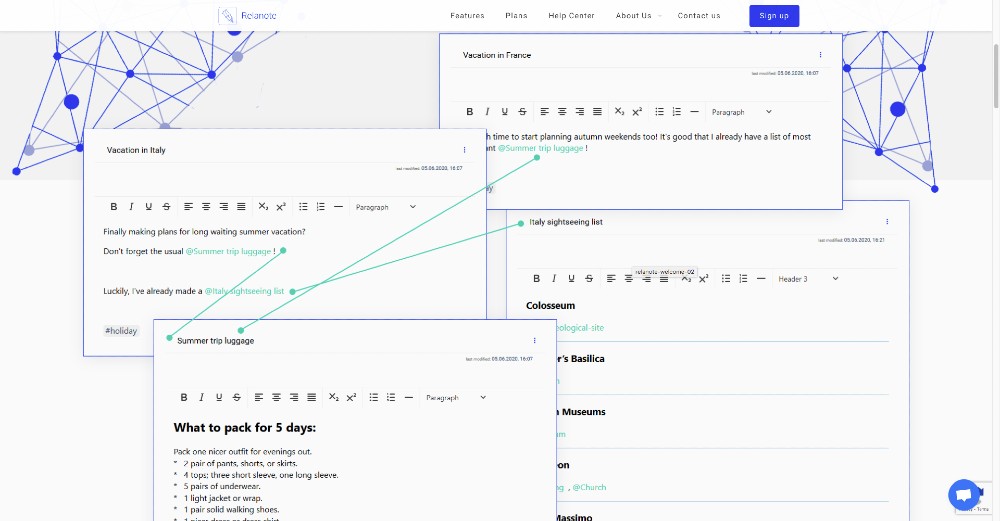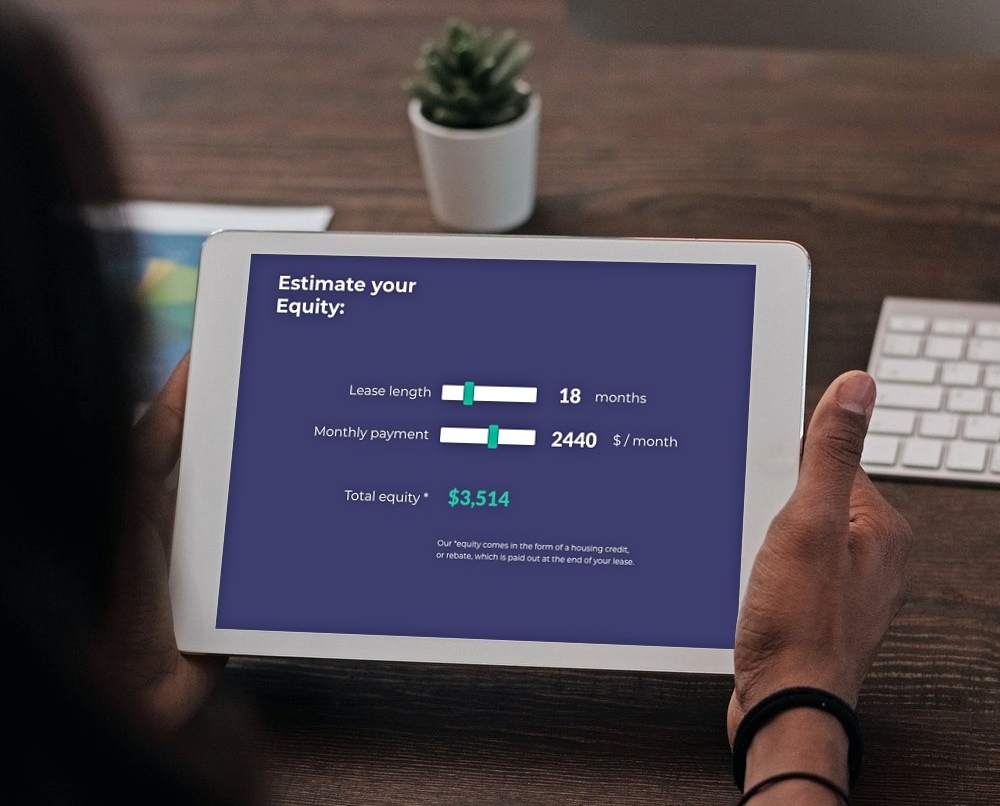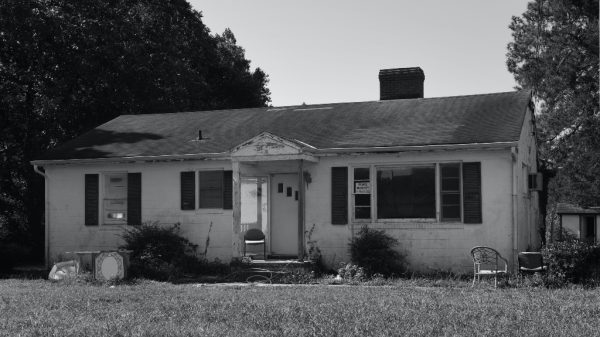Although the average delinquency time for loans in foreclosure is 966 days as of March, according to Black Knight (formerly LPS), home prices have risen over the past two years, and many distressed loans have worked their way through the system. The company states that the percentage of Americans in negative equity positions has “declined considerably,” and loans already in the foreclosure process have been aging substantially, all of which Kostya Gradushy, Black Knight’s manager of Loan Data and Customer Analytics, say points to a healthier housing market.
Additionally, Black Knight notes that only one in 10 borrowers are underwater in America, which continues to improve. Negative equity in judicial states is now higher (13.4 percent) than in non-judicial states (7.9 percent). Fully 55 percent of loans in foreclosure have been delinquent for over two years.
“Two years of relatively consecutive home price increases and a general decline in the number of distressed loans have contributed to a decreasing number of underwater borrowers,” Gradushy said in a statement. “Looking at current combined loan-to-value (CLTV), we see that while four years ago 34 percent of borrowers were in negative equity positions, today that number has dropped to just about 10 percent of active mortgage loans.”
Gradushy added, “While negative equity levels have declined for both judicial vs. non-judicial foreclosure states from the peak of the crisis, non-judicial states are now at just under eight percent, as compared to 13.4 percent in their judicial counterparts. Overall, nearly half of all borrowers today are both in positive equity positions and of strong credit quality – credit scores of 700 or above. Four years ago, that category of borrowers represented over a third of active mortgages.”
Explaining the counter-intuitive nature of this data
“Black Knight has also observed the timelines associated with loans in foreclosure continuing to expand over time,” said Gradushy, “reaching an average of 966 days delinquent for those in the foreclosure process. In fact, 55 percent of all loans in foreclosure are now more than two years delinquent — an all-time high. The average length of delinquency for completed foreclosures is quite comparable at 955 days. However, as a share of total aged inventory, fewer of these loans are completing the foreclosure process.”
Noting that it may seem counter-intuitive, Gradushy says this is also indicative of an improving market. “As there are fewer new foreclosure starts, not as many new problem loans, declining delinquencies and improving indicators all around, what’s left are these loans lingering — for years — in the foreclosure pipeline.”
National stats, stat
As of March, the total loan delinquency rate is 5.5 percent, down 7.57 percent from February, and the total foreclosure pre-sale inventory rate fell 4.23 percent for the month to 2.13 percent.
Mississippi, New Jersey, Florida, New York, and Maine have the highest percentage of non-current loans, and the states with the highest percentage of seriously delinquent loans include Mississippi, New York, Rhode Island, Alabama, and Massachusetts.
Montana, Colorado, Alaska, South Dakota and North Dakota continue to have the lowest percentage of non-current loans.
Affordability in America
Black Knight reports that Michigan, Missouri, Indiana, and Iowa are the most affordable states to own a home, and not surprisingly, California and New York are the least affordable.
Affordability is calculated as a ratio of mortgage payment to income, and while affordability varies by state, overall, Black Knight says it’s better now than it was in the years leading up to the housing crisis.
Nationally, the mortgage-to-income ratio now stands at 22 percent, whereas in 2006, only four states were below this level. As of March, nearly two out of every three states fell below this line.
Tara Steele is the News Director at The American Genius, covering entrepreneur, real estate, technology news and everything in between. If you'd like to reach Tara with a question, comment, press release or hot news tip, simply click the link below.
















































